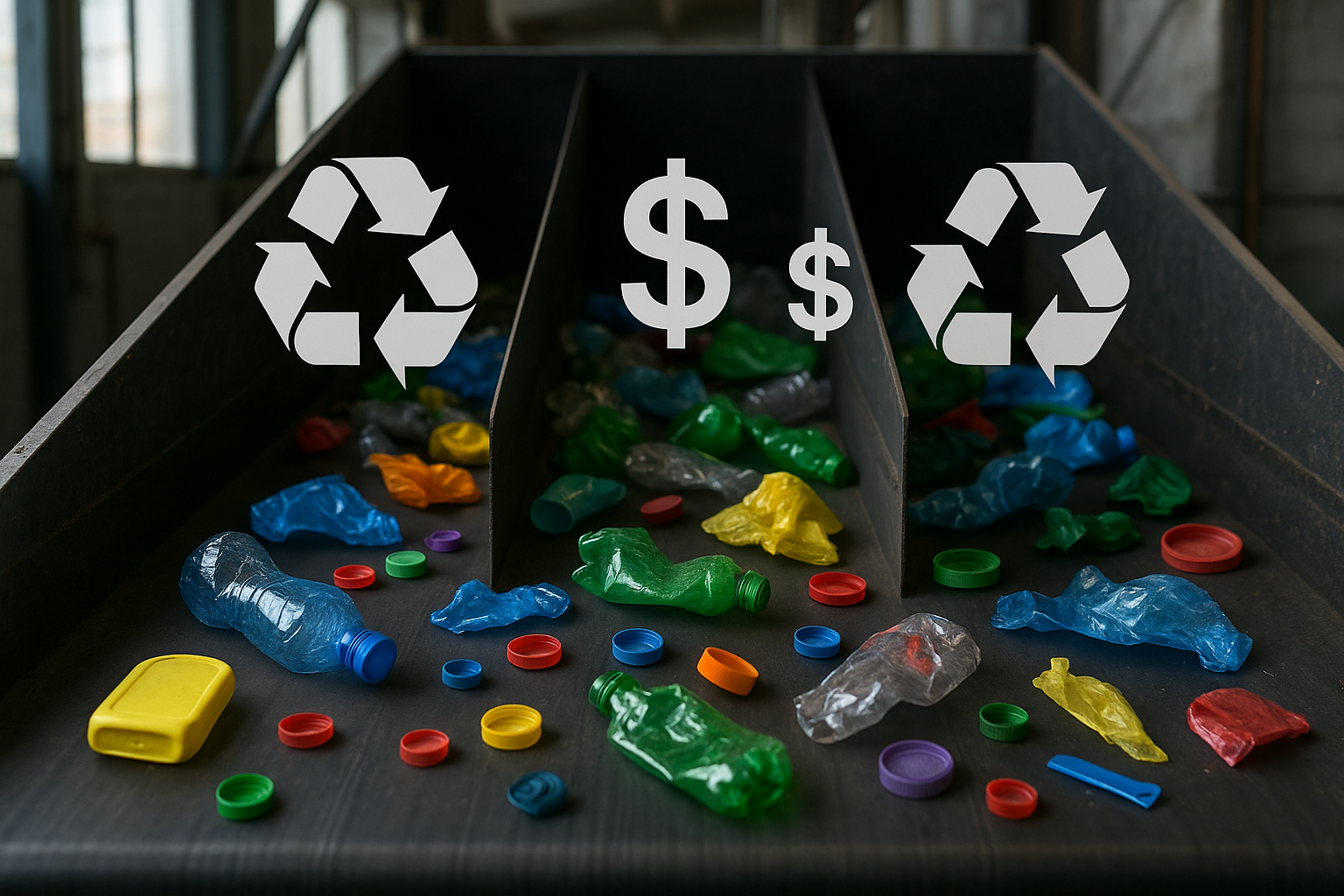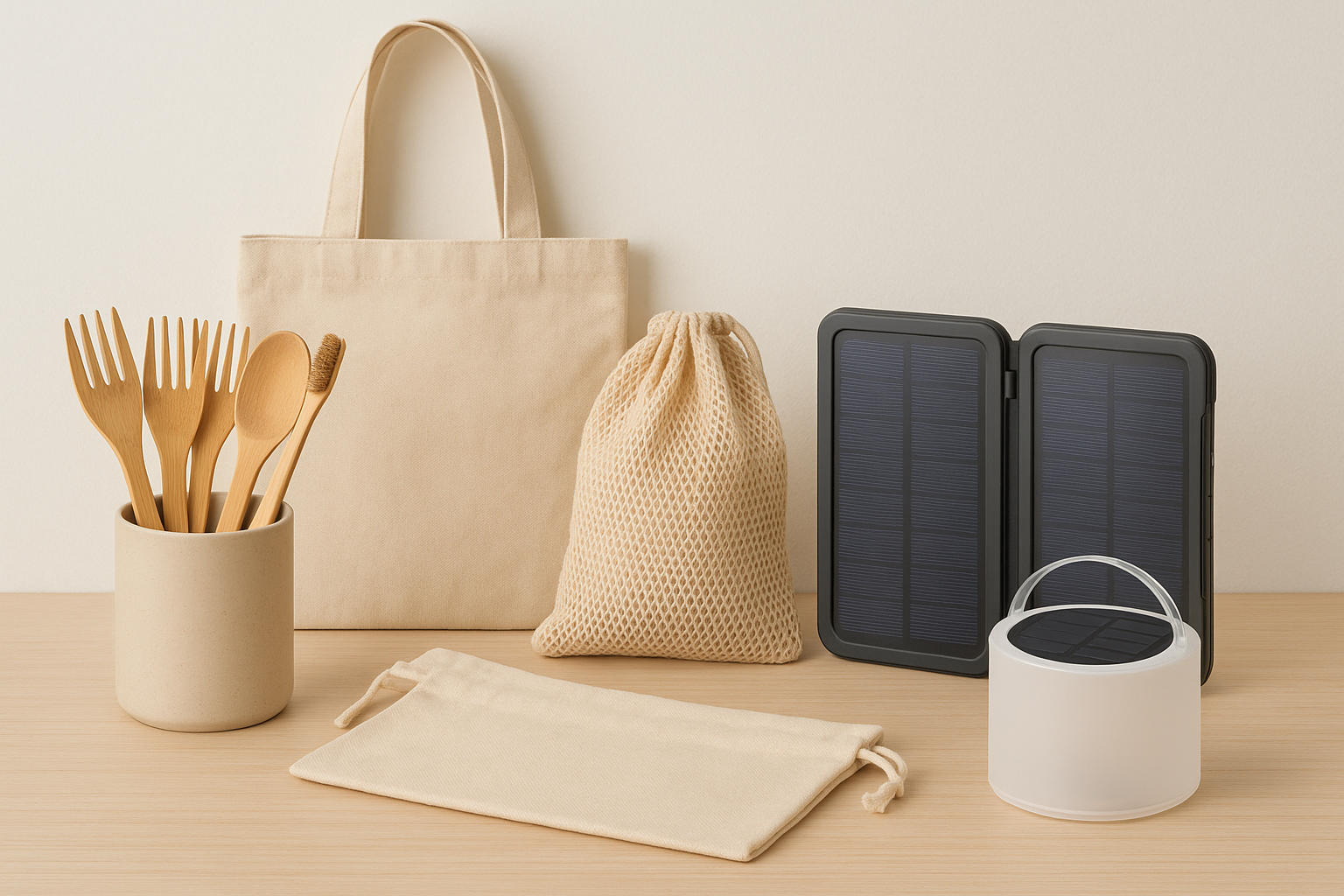Secret Behind Eco-Friendly Plastic Production Increase Revealed
If you're eager to discover how the surge in eco-friendly plastic production can open up new avenues for sustainable business practices, now is the perfect time to browse options, search options, and see these options that are transforming industries worldwide.
The Rise of Eco-Friendly Plastics
The demand for eco-friendly plastics has skyrocketed in recent years, driven by increasing environmental awareness and regulatory pressures. As traditional plastics contribute significantly to pollution, the shift towards sustainable alternatives is not just a trend but a necessity. Eco-friendly plastics, often derived from renewable resources like corn starch or sugarcane, provide a viable solution to reduce the environmental footprint of plastic products.
Innovative Production Techniques
One of the secrets behind the increase in eco-friendly plastic production is the advancement in biopolymer technology. Companies are investing heavily in research and development to create polymers that mimic the properties of conventional plastics while being biodegradable. For instance, polylactic acid (PLA) and polyhydroxyalkanoates (PHA) are two biopolymers gaining traction for their versatility and sustainability. These materials are increasingly used in packaging, textiles, and even automotive parts, showcasing their broad applicability1.
Cost and Efficiency Benefits
The production of eco-friendly plastics is becoming more cost-effective as technology advances and economies of scale are achieved. Initially, these materials were more expensive than their petroleum-based counterparts, but the gap is closing. Companies can now reduce costs by optimizing production processes and sourcing materials locally, which also cuts down on transportation emissions2.
Regulatory and Market Drivers
Government regulations and consumer demand are pivotal in driving the adoption of eco-friendly plastics. Many countries are implementing bans on single-use plastics and offering incentives for businesses that adopt sustainable practices. This regulatory landscape encourages companies to innovate and invest in green technologies, ensuring they remain competitive in a market that increasingly values sustainability3.
Opportunities for Businesses
For businesses, the shift towards eco-friendly plastics offers numerous opportunities. By adopting sustainable materials, companies can enhance their brand image, meet consumer expectations, and comply with regulations. Furthermore, businesses can explore partnerships with innovators in the field, gaining access to cutting-edge technologies and materials. This not only helps in achieving sustainability goals but also opens up new market segments and revenue streams4.
The secret behind the increase in eco-friendly plastic production lies in technological advancements, cost efficiencies, and regulatory pressures. As businesses seek to align with sustainable practices, exploring these innovative solutions can provide a competitive edge. Whether you're looking to reduce environmental impact or tap into new markets, the opportunities in eco-friendly plastics are vast and growing. Visit websites and follow the options available to integrate these sustainable practices into your business strategy.
References
- ScienceDirect: Biopolymers in Sustainable Development
- ResearchGate: Economic and Environmental Benefits of Bio-based Plastics
- OECD: Improving Plastics Management
- McKinsey: Accelerating Sustainable Consumption








